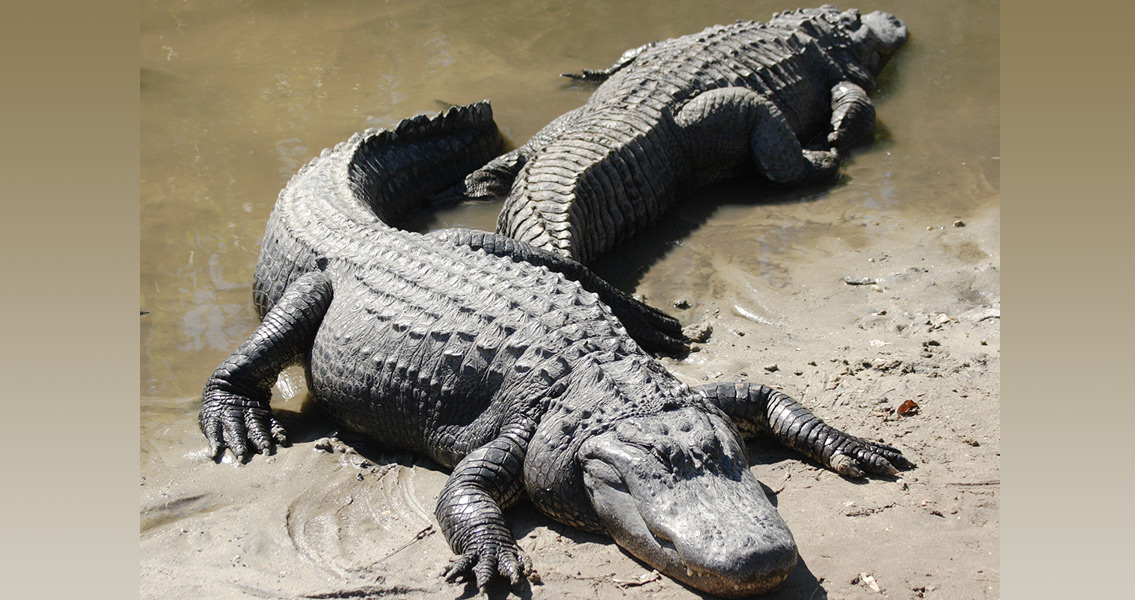<![CDATA[You’ll find very few vertebrate species unaffected by evolution, as most of the top predators you see today have changed in some aspect over the past 8 million years. New studies from the University of Florida however, suggest that the American alligator is one of the anomalies. For at least 8 million years, this prehistoric-looking creature has remained virtually untouched by time, and might even be 6 million years older than previously believed. Evan Whiting, the lead author of the studies, said in a statement provided by the university: "If we could step back in time 8 million years, you'd basically see the same animal crawling around then as you would see today in the Southeast. Even 30 million years ago, they didn't look much different,” adding, "We were surprised to find fossil alligators from this deep in time that actually belongs to the living species, rather than an extinct one." Able to withstand fluctuations in sea levels and extreme climate changes which would have resulted in a rapid change or extinction in less-adaptive animals, the alligators are survivors. Researchers also discovered that these ancient American alligators probably shared the Florida coastline with a now-extinct, 25-foot giant crocodile. Researchers started to re-think the evolutionary history of the alligator after an ancient alligator skull, believed to be from an extinct species, was discovered in Marion County, Florida. The 8 million year old skull was found to be practically identical to modern species. It was then compared to dozens of modern skeletons and fossils in order to examine the entire genus and trace any major changes, or the lack thereof as it turns out, in alligator morphology. The presence of both Gavialosuchus americanus: the huge crocodile which once dominated the coastline of Florida but went extinct around 5 million years ago, and alligator fossils at a variety of locations indicated that the two species could have coexisted. Despite their adaptability and resilience, American alligators were nearly driven to extinction by hunting early in the twentieth century. The number of alligators left in the wild has significantly increased under The Endangered Species Act, and with a more comprehensive evolutionary history, conserving the habitats where alligators have been the dominate species for millions of years may be more effective. “The same traits that allowed alligators to remain virtually the same through numerous environmental changes over millions of years can become a bit of a problem when they try to adapt to humans,” Whiting is quoted as saying in the statement, “Their adaptive nature is why we have alligators in swimming pools or crawling around golf courses.” Although modern alligators do appear prehistoric, the group they’re part of, Crocodylia, has been around for at least 84 million years, with a diverse line of ancestors that dates back to over 200 million years ago, as far as the Triassic. This research was published in the Journal of Herpetology and Palaeogeography, Palaeoclimatology, Palaeoecology. ]]>
American Alligators are as Old as They Look
